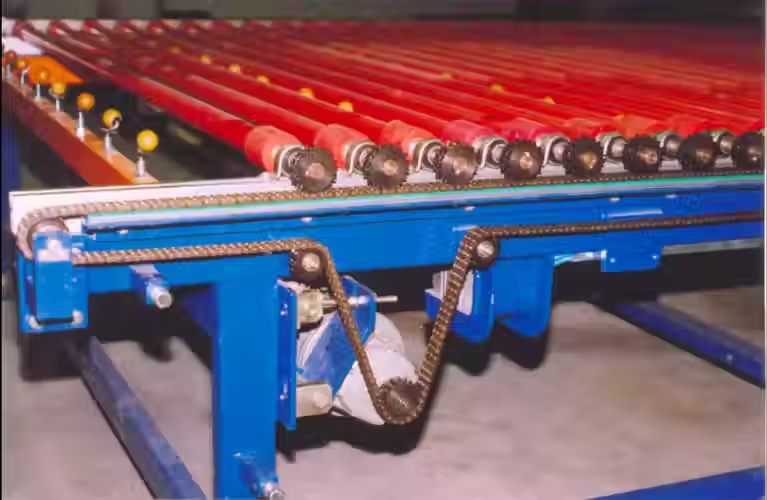Hydraulic Elevating Stepper Feeder System Manufacturers
- Jaswanth srinivas
- Sep 19, 2024
- 3 min read
Hydraulic Elevating Stepper Feeder System Manufacturers
Introduction
In modern Hydraulic Elevating Stepper Feeder System Manufacturers, precision and efficiency are paramount. One critical component that enhances these attributes is the hydraulic elevating stepper feeder system. This sophisticated machinery integrates hydraulic and stepper motor technology to provide reliable, controlled, and accurate feeding solutions for various applications. This article explores the essentials of hydraulic elevating stepper feeder system manufacturing, including its features, benefits, and the key aspects to consider in the manufacturing process.
Understanding Hydraulic Elevating Stepper Feeder Systems
A hydraulic elevating stepper feeder system combines hydraulic lifting mechanisms with stepper motors to deliver precise material handling. The hydraulic component provides the lifting force, allowing the feeder to elevate and lower materials with ease. The stepper motor, on the other hand, offers fine control over the movement of the feeder, ensuring accurate positioning and feeding rates.
Key Features and Benefits
Precision and Accuracy: Stepper motors are known for their precise control and repeatability. By integrating these with hydraulic lifting systems, the feeder achieves high accuracy in material positioning and movement.
Versatility: Hydraulic elevating stepper feeders are adaptable to various industries, including automotive, electronics, pharmaceuticals, and food processing. They can handle different types of materials, such as bulk components, delicate items, and more.
Enhanced Efficiency: The hydraulic system's power enables quick and smooth elevation, reducing downtime and increasing productivity. Coupled with the stepper motor's precise control, the system enhances overall efficiency.
Durability and Reliability: Built to withstand demanding environments, these feeders are designed for durability and long-term reliability. The robust hydraulic components and stepper motors ensure consistent performance under various conditions.
Manufacturing Process
Design and Engineering: The first step in manufacturing a hydraulic elevating stepper feeder system involves detailed design and engineering. Engineers must consider factors such as load capacity, elevation range, stepper motor specifications, and hydraulic system requirements. Computer-aided design (CAD) software is often used to create detailed blueprints and simulations.
Component Selection: Choosing high-quality components is crucial for the system's performance and longevity. This includes selecting the appropriate hydraulic cylinders, stepper motors, controllers, and structural materials. The components must meet industry standards and specifications.
Fabrication and Assembly: Once the design is finalized and components are selected, the fabrication process begins. This involves machining, welding, and assembling the various parts of the feeder system. Precision in this stage is essential to ensure that all components fit together correctly and function as intended.
Integration and Testing: After assembly, the hydraulic elevating stepper feeder system undergoes rigorous testing. This includes hydraulic pressure tests, motor performance evaluations, and overall system functionality checks. Testing ensures that the system meets performance standards and operates without issues.
Quality Control: Quality control is a critical aspect of the manufacturing process. Each system is inspected for defects and deviations from design specifications. Rigorous quality checks help prevent potential issues and ensure that the final product meets customer expectations.
Applications and Industry Use
Hydraulic elevating stepper feeder systems are used in a wide range of industries for tasks such as:
Automotive Assembly: For feeding and positioning components on assembly lines.
Electronics Manufacturing: To handle and position delicate electronic parts.
Pharmaceuticals: For precise handling of medical components and packaging.
Food Processing: To manage bulk ingredients and ensure consistent feeding rates.
Conclusion
In summary, hydraulic elevating stepper feeder systems represent a critical advancement in material handling and automation. Their precision, efficiency, and adaptability make them indispensable in various industrial applications. By focusing on high-quality design, component selection, and rigorous testing, manufacturers can ensure that these systems deliver outstanding performance and reliability. Investing in a well-engineered hydraulic elevating stepper feeder system can significantly enhance productivity and accuracy in manufacturing processes.




Comments